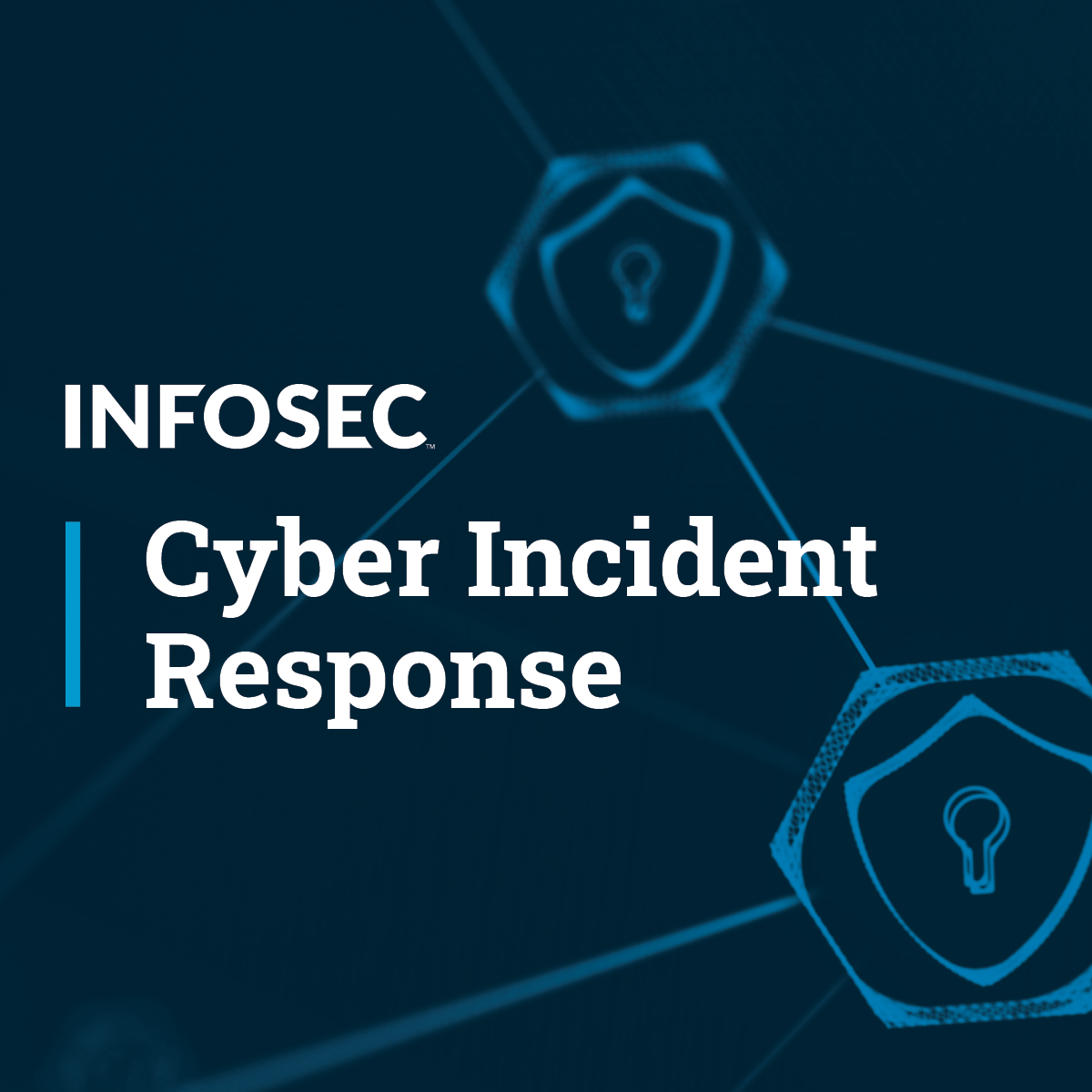Back to Courses









Computer Science Courses - Page 32
Showing results 311-320 of 2309

Stages of Incident Response
The Cyber Incident Response course will give students an understanding of how incidents are responded to at a high level, as well as allow them to build important technical skills through the hands-on labs and projects.
This course starts with a high-level discussion of what happens at each phase of responding to an incident, followed by a technical deep dive into some of the more exciting parts of memory, network, and host analysis and forensics. This course is for anyone wishing to apply learned forensics and offensive knowledge such as ethical hacking to the incident response process.

Create a simple name list using a Stack in Java
The learner will create a simple class list with names, using manually created Stack pop, push, peek, size and print methods. The learner will also implement the pre-defined Stack class to perform operations on a stack.

Internet of Things V2: Setting up and Using Cloud Services
Have you wondered what exactly AWS is and why is it important? Do you want to make informed design decisions about which services to use? Do you want to gain expertise to leverage the cloud for your own projects?
In this course, you will learn to interface with the AWS cloud. You will then develop software to send data to and receive data from the cloud. Along the way, you’ll learn how to structure your project with a variety of these difference services.
Learning Goals:
After completing this course, you will be able to:
1) Understand what the cloud is and how it works.
2) Install and configure the AWS CLI and SDK on a Linux system.
3) Use various AWS services such as EC2, IoT, and many more.
4) Build projects that heavily leverage the cloud.
5) Integrate the cloud into embedded systems.

How to make invitations using Canva
In this project you will learn how to design invitations for any event using Canva. Canva is a free web design service where you have countless tools to design all kinds of media you need. Canvas is a great option for those looking for an easy-to-use platform to create compelling designs for their own business or social media content. Canva has many elements that are free and gives you a lot of freedom when it comes to designing. . Canva is an extremely useful tool for those who are just starting out and even becomes a very good tool for those who have been designing for years in more advanced programs. It is a quick option that does not need to be installed on your computer and as long as you have an Internet connection, it will be an accessible tool.

How to Set up Facebook Pixel
Facebook Pixel allows you to connect your website or landing page to your Facebook account. You can take specific pages or actions that people take on your page to create new ads for those people. You can also optimize your ads for conversions based on the settings you provide. In this project you will set up your Facebook Pixel account and learn about the benefits.

Creating a Rock, Paper, Scissors Game in Python
By the end of this project, you will be able to create a simple interactive game of rock, paper, or scissors. Throughout this guided project, you will be introduced to the basic skills needed for every programming language such as different data types, loops, and if conditions. Each part of the project will prepare you to code on your own in Python language, whether to create a game or simple coding.
Python programming is one of the easiest programming languages since its syntax is English-like. It is used in many applications and mastering it will definitely pave a way for you to start a career in any programming-based field. Python is also the base for the machine learning and deep learning field.
Note: This course works best for learners who are based in the North America region. We’re currently working on providing the same experience in other regions.

Control Flow in RPA
The Control Flow in RPA course provides a deep understanding of the automation flow. Control Flow is a concept that refers to the order in which actions are executed and "control" flows in an automation project with the help of sequences, decision making, loops, and flowcharts. This course also focuses on the error handling mechanism which is vital for an automation project.
The course has multiple practice exercises which will help in strengthening your knowledge and understanding of workflows in Studio.

Introducing Cellular Automata
In this hands-on guided project you will be introduced to the wonders of Cellular Automata, a powerful modeling framework for the exploration of inter-scale dynamics. That is, how do simple local level rules give rise to global pattern formation and self-organization?
You will explore questions like this with the help of Golly and NetLogo, two rich simulations softwares for the creation of CA and agent-based models. Moreover, you will be exposed to cutting edge applications of Cellular Automata in the fields of Biology (Morphogenesis) and Physics.

Design and Visualize Impact Metrics in Miro
By the end of this project, you will be able to create a performance framework to design and visualize Key Performance Indicators (KPIs) that indicate project and overall business health.
To do this, you will gain hands-on experience designing and visualizing impact metrics in the Miro online visual collaboration platform for teamwork.
Note: This course works best for learners who are based in the North America region. We’re currently working on providing the same experience in other regions.

Introduction to High-Performance and Parallel Computing
This course introduces the fundamentals of high-performance and parallel computing. It is targeted to scientists, engineers, scholars, really everyone seeking to develop the software skills necessary for work in parallel software environments. These skills include big-data analysis, machine learning, parallel programming, and optimization. We will cover the basics of Linux environments and bash scripting all the way to high throughput computing and parallelizing code. We recommend you are familiar with either Fortran 90, C++, or Python to complete some of the programming assignments.
After completing this course, you will familiar with:
*The components of a high-performance distributed computing system
*Types of parallel programming models and the situations in which they might be used
*High-throughput computing
*Shared memory parallelism
*Distributed memory parallelism
*Navigating a typical Linux-based HPC environment
*Assessing and analyzing application scalability including weak and strong scaling
*Quantifying the processing, data, and cost requirements for a computational project or workflow
This course can be taken for academic credit as part of CU Boulder’s Master of Science in Data Science (MS-DS) degree offered on the Coursera platform. The MS-DS is an interdisciplinary degree that brings together faculty from CU Boulder’s departments of Applied Mathematics, Computer Science, Information Science, and others. With performance-based admissions and no application process, the MS-DS is ideal for individuals with a broad range of undergraduate education and/or professional experience in computer science, information science, mathematics, and statistics. Learn more about the MS-DS program at https://www.coursera.org/degrees/master-of-science-data-science-boulder.
